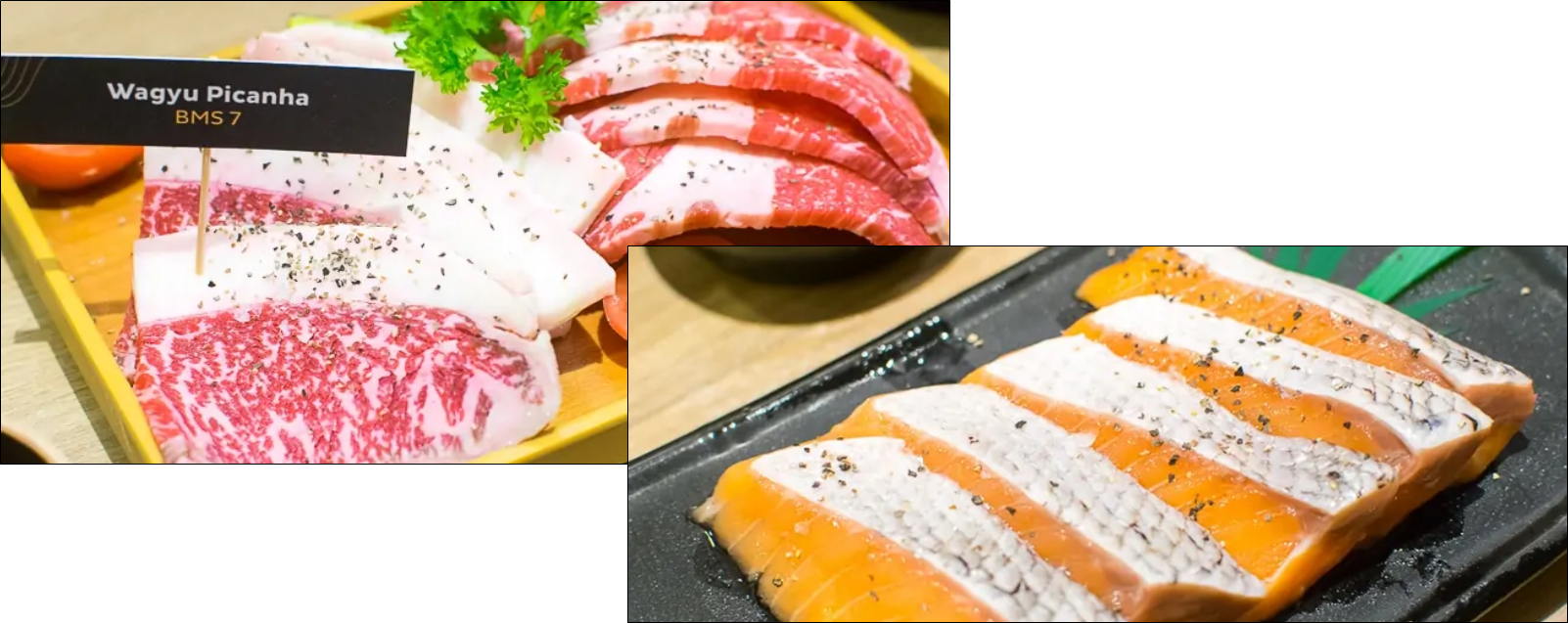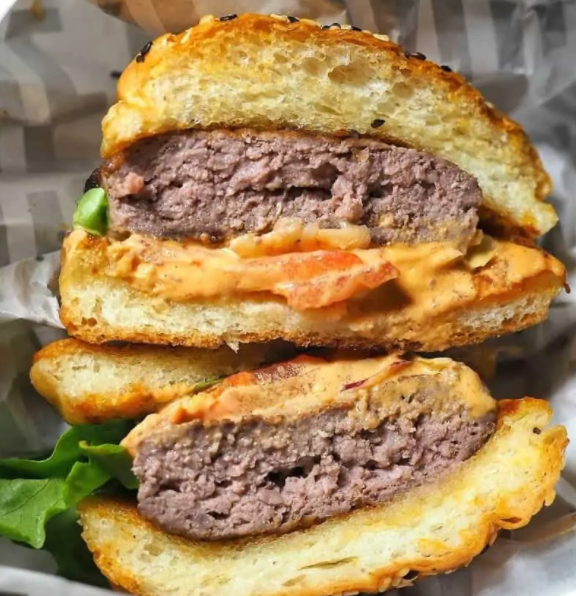Throughout my career as a content writer at various lifestyle publications in Singapore, many a time have I been tasked to write a review for a restaurant.
A review of a restaurant is incredibly important to the business. Given that 94% of diners refer to reviews before making a decision to eat somewhere, the power reviews have to sway the consumer’s decision is immense.
Having been in this profession for a while now, I can safely say that I’ve seen my fair share of good and bad examples of restaurant reviews. And boy, do I have something to say!
But before I go into the details, let’s start with the basics. How should you structure your restaurant review article?
Restaurant review format
1) Lay the table
Just as how you’d set up the table in preparation for every meal, you need to set up your article in preparation for your readers’ eyes.
Provide some background information about the restaurant, its owner(s), and what it specializes in. Check out the opening paragraph of our Carne Burgers Singapore Review:

The reader is immediately hit with some key facts that establishes the restaurant as a reputable business. If a sustainability-focused restaurant run by a Michelin star chef doesn’t entice you, I don’t know what does.
A well-written introduction is essential as a hook to capture your reader’s attention right from the being and keep them engaged til the end of your review.
2) Start serving your mains
Now that you’ve invited your readers to the table, it’s time to show them what the restaurant has to offer.
A majority of the body of your restaurant review should showcase the best dishes the establishment has to offer. Check out what we showcased in our Seoul Garden a la carte menu review.

As a buffet restaurant, Seoul Garden has a wide selection of cooked and uncooked food items on its menu. But we only featured the most popular and best-looking items. And these are the Wagyu Picanha and Salmon slices.
You should always feature the best items that the owner wants to feature and take good pictures of them ot feature in your restaurant review. The first impression always counts 👀
Some things that should be in in this part of your review include what the dishes are, why you ordered them, and what makes them great. Describe the sight, smell, flavours, and texture of the dishes you’re reviewing. You’ll be surprised by how effective these descriptive paragraphs can be in selling the restaurant.

Quick tip 💡 Prepare an arsenal of words you can use to describe food so you can easily pull them out to use in your article.
3) Wrapping things up
End off by summarizing why you enjoyed (or did not enjoy) the food. I’d strongly recommend adding some quirky final thoughts to leave your readers with a cute aftertaste.
You can look at what I wrote for my review on Restaurant Salt.

Tips on writing great restaurant reviews
1) Learn from the best restaurant review sites
As with learning any new skill, look at what others have already done.
A great source of restaurant reviews are lifestyle publications. They are generally divided into different sections like travel, finance, and food. ConfirmGood’s food blog showcases some of the best places to it in Singapore.
Check out the various articles we’ve put out to learn how to write great restaurant reviews. Learn the vocabulary, structure, and writing style.
2) Look at Tripadvisor and Google restaurant reviews
This one may come as a surprise to some of you. Why would you want to refer to reviews left behind by random people? After all, these aren’t professional food writers. What’s there to learn from?
If you take a look at the list of reviews you see on such sites, you’ll notice that some of these reviews are exceptionally well written. You can pick up pretty useful vocabulary from them. I guess some people really take writing reviews on Google really seriously 🤣

Another reason why you should look at restaurant reviews is because you get to learn about what is important to a customer. Perhaps being led to the table properly is important to some. To others, it’s really just the quality of the food. See what pops up most often and take note of it.
If a restaurant hires you to write a review about them, you should include these factors in your article when promoting the business.
3) Take the best photos

Taking great pictures of the food you are reviewing is absolutely necessary. Words alone cannot do the job of convincing your readers to eat at a particular restaurant.
Humans are visual creatures and well-taken shots of the restaurants’ best dishes can help sway your readers’ decision.
4) STOP USING “DELICIOUS”, “GREAT”, “GOOD”
Expand your food vocabulary.
If you want to write great restaurant reviews, you can’t describe that flaky pastry that oozes creamy custard fulling as delicious.
You aren’t doing the melt-in-your-mouth tender steak any justice by calling it amazing.
So just stop ❌
Again, refer to the article I listed above for some good examples of words and phrases you can use to describe food.
5) Include the restaurant’s story
A restaurant is more than its menu.
It’s also about its history, its owners’ histories, culture, and even purpose.
Establishing the restaurant’s story in the introduction of your review can help pique your readers’ interest in the place.
6) Pay attention to cultural nuances
To add to my previous point, you should always be mindful when writing about food.
Do not refer to dishes as ‘ethnic’, ‘exotic’, or worse, ‘oriental’.
Food carries with them the long history of struggle and achievements of the culture which they are from. You need to be respectful of that.
7) It’s ok to not like the food
You don’t have to lie when writing restaurant reviews.
Many restaurant review writers feel bad 
This may even cause the restaurant to receive harsher negative reviews as they were overhyped by your article. So don’t be afraid to be honest about how you find their food. Just don’t trash them unnecessarily.
You’re all set to start writing an awesome restaurant review!
That’s it!
Those are my top 7 restaurant review writing tips. I hope you’ve found them useful. Becoming a food writer is not going to be easy. But this article is a great start for you!
To get more writing tips to help improve your writing, check out Writing Wildly’s amazing writing blog!
More resources
Resources
Resource 1
Resource 1
Resource 1
© Writing Wildly


